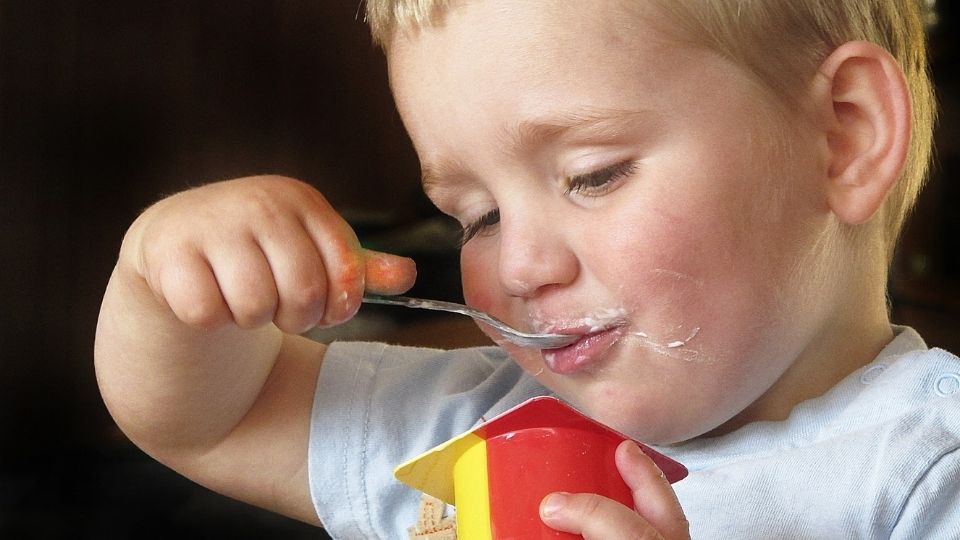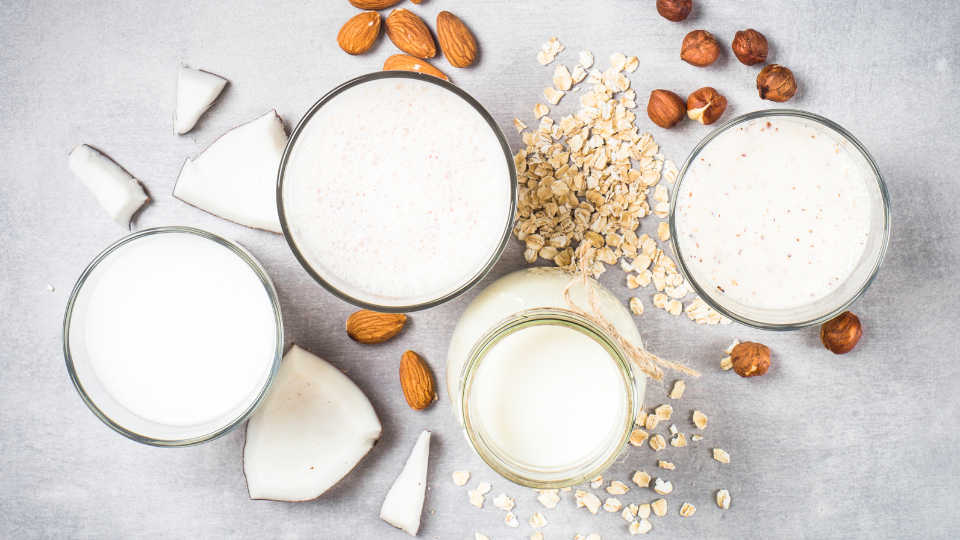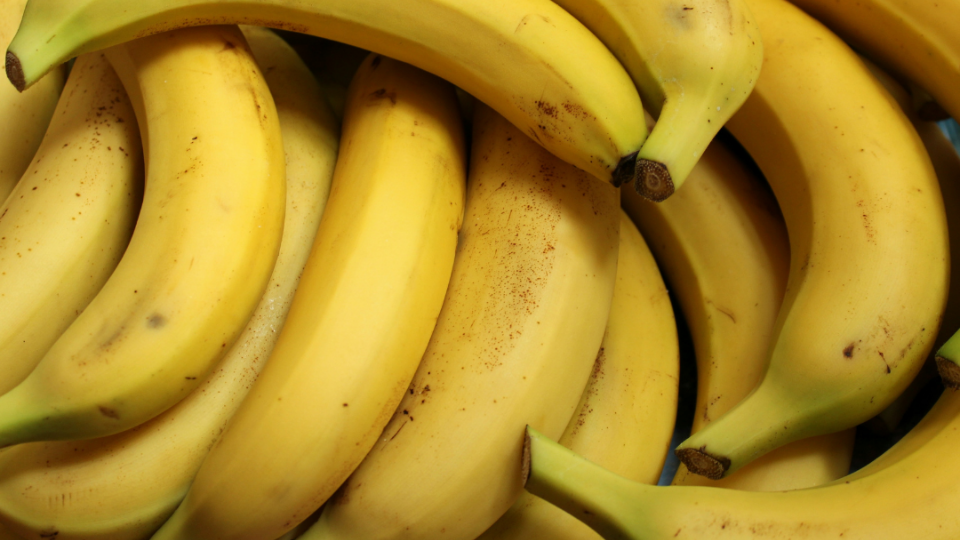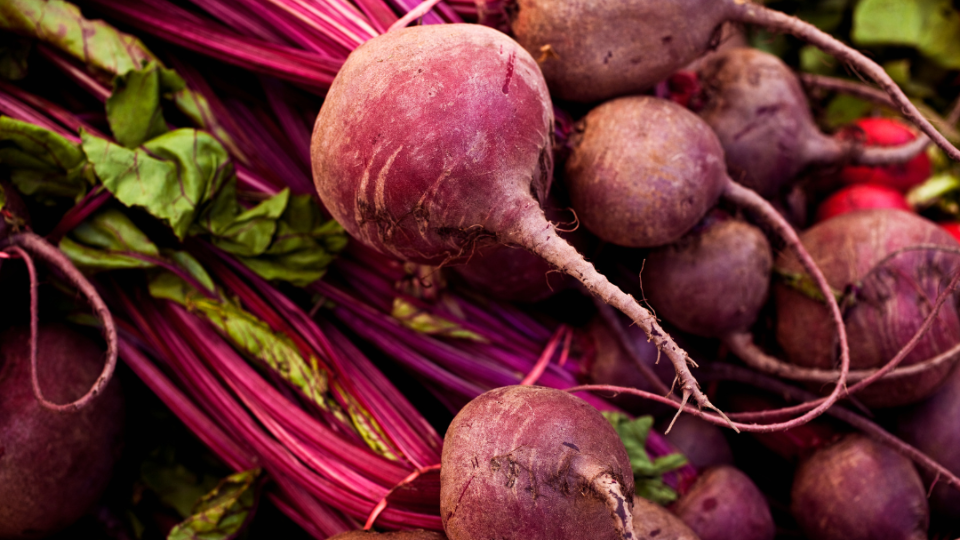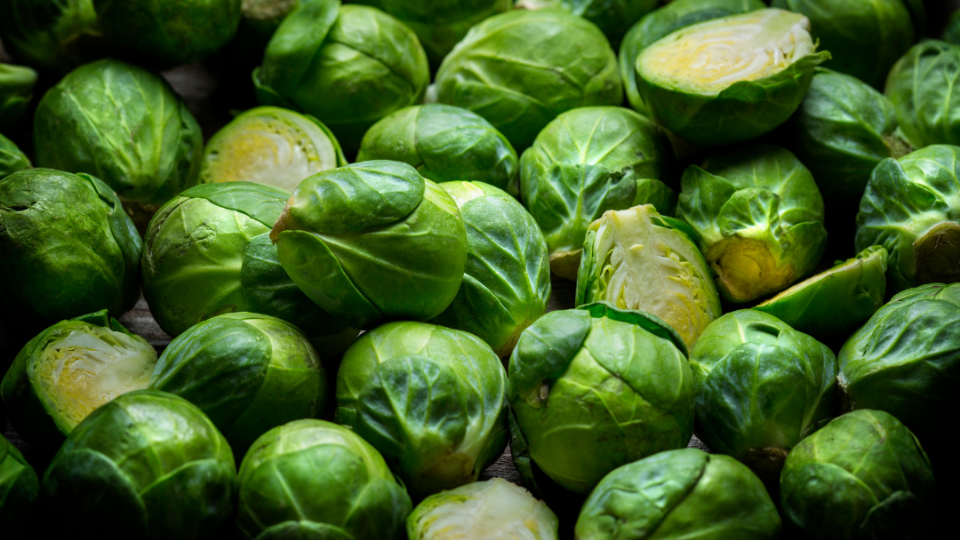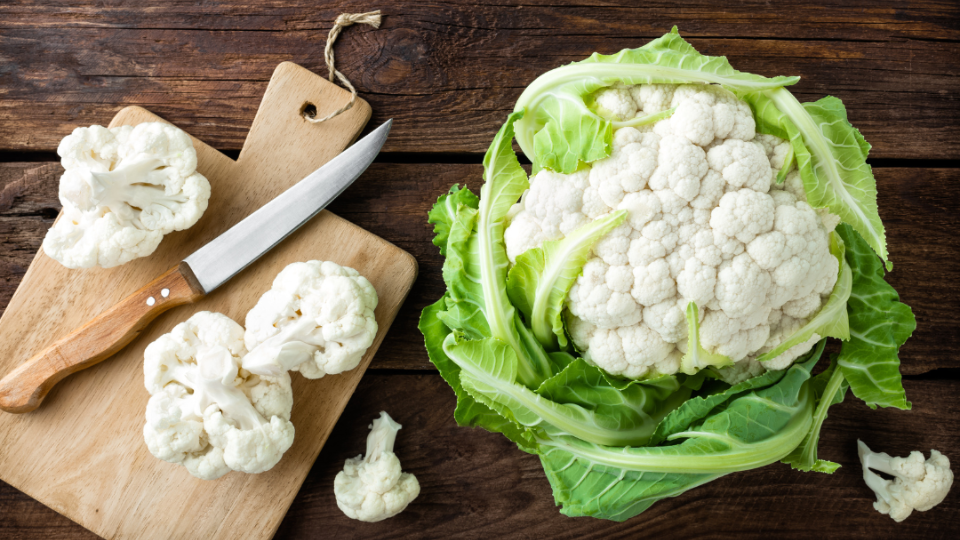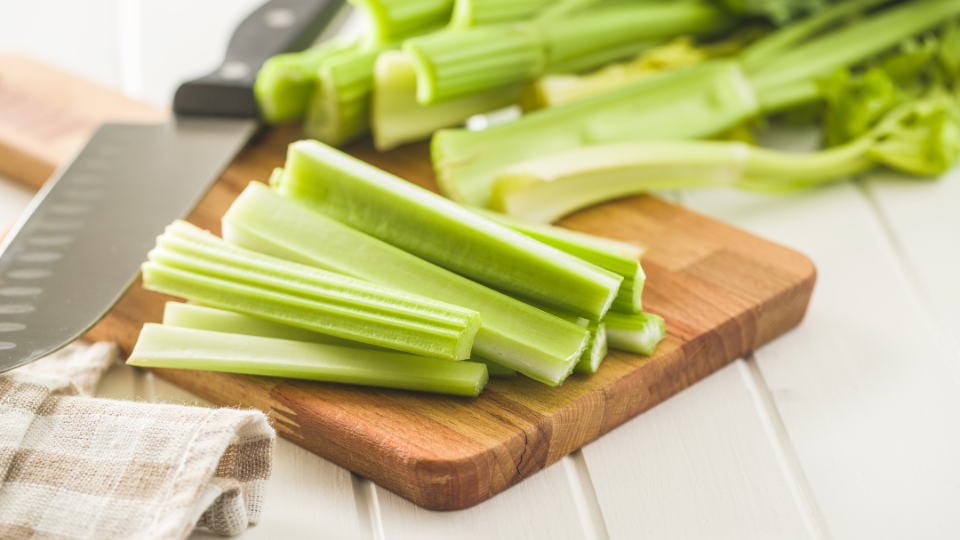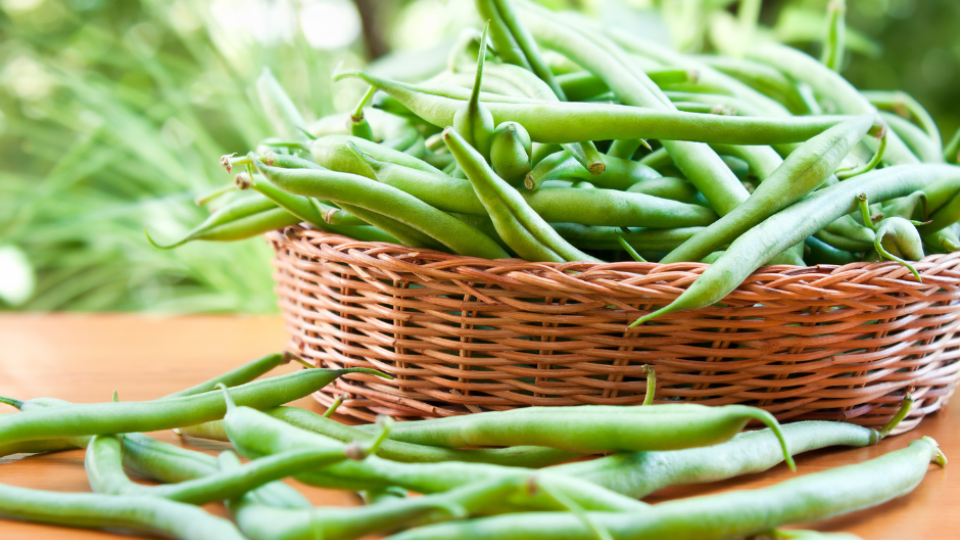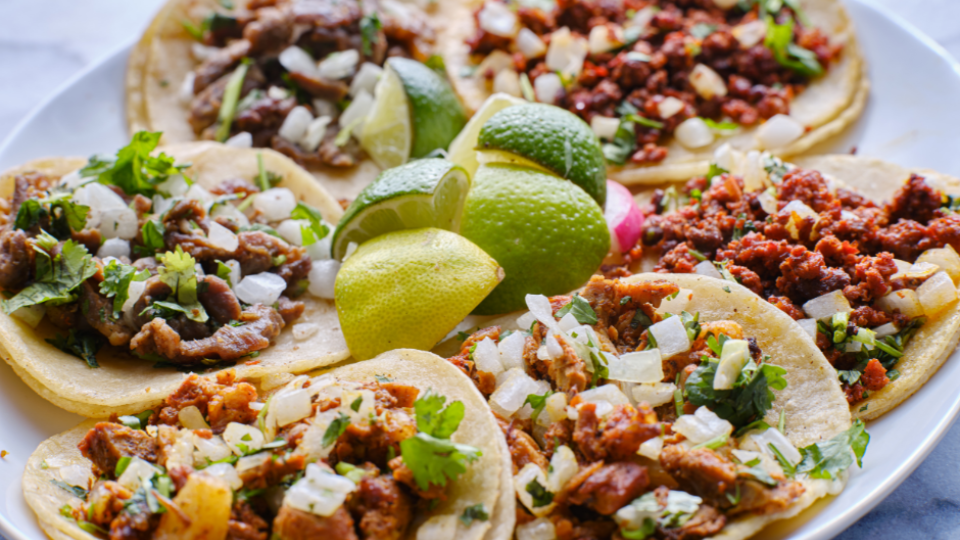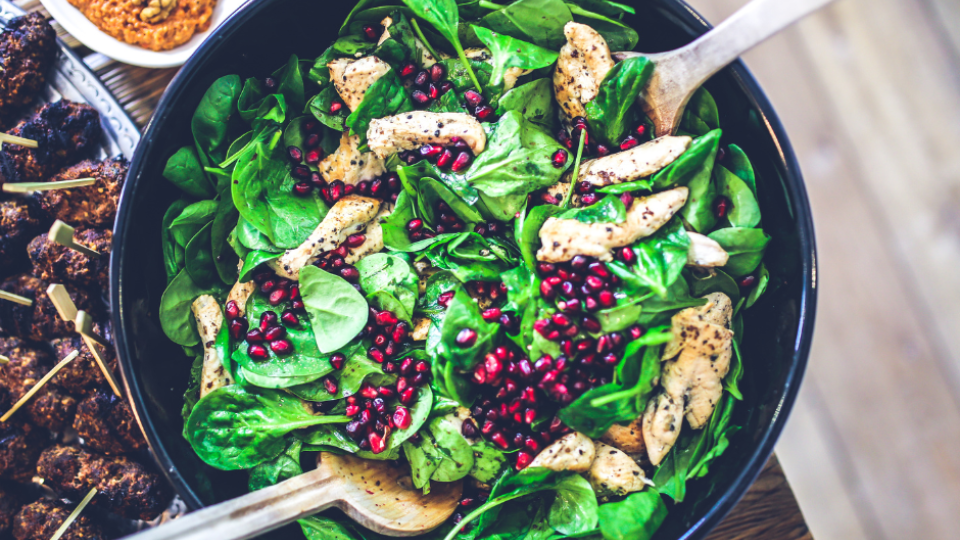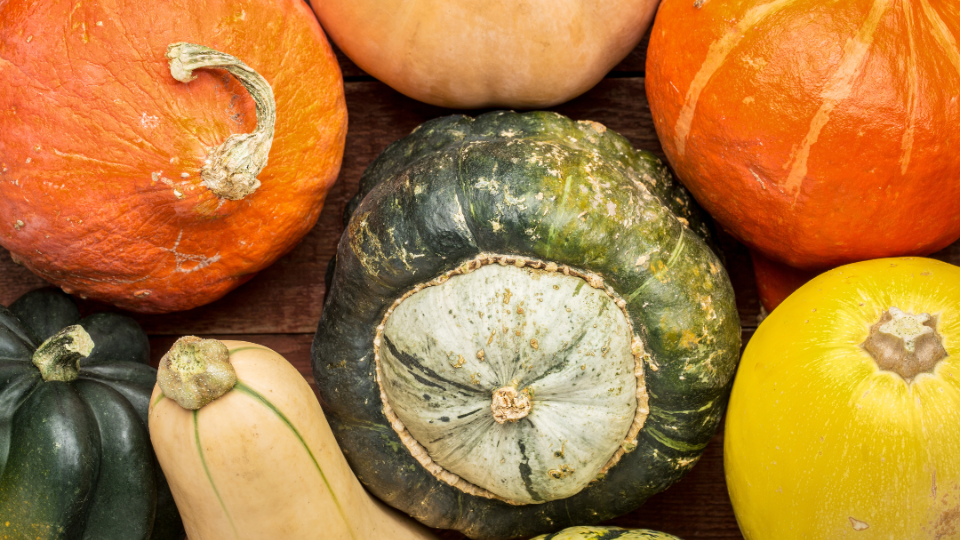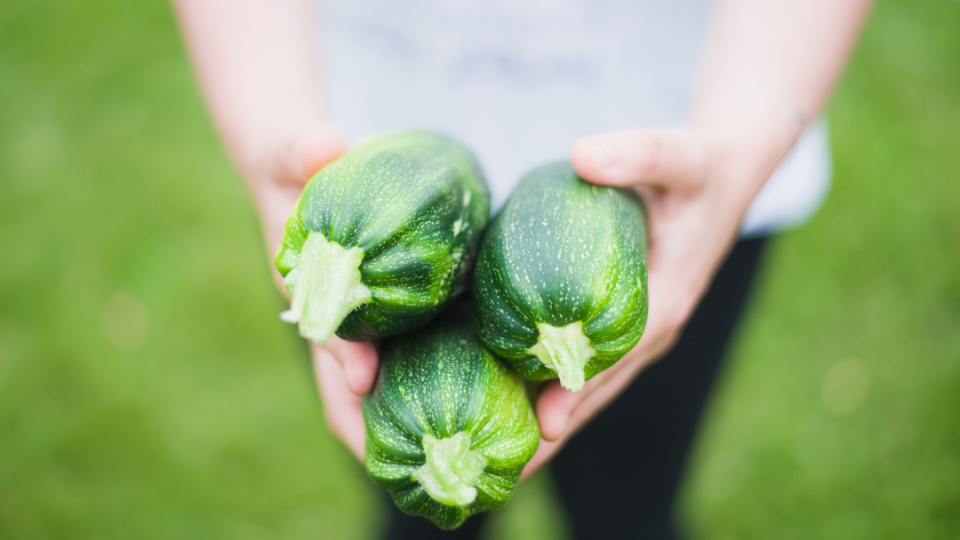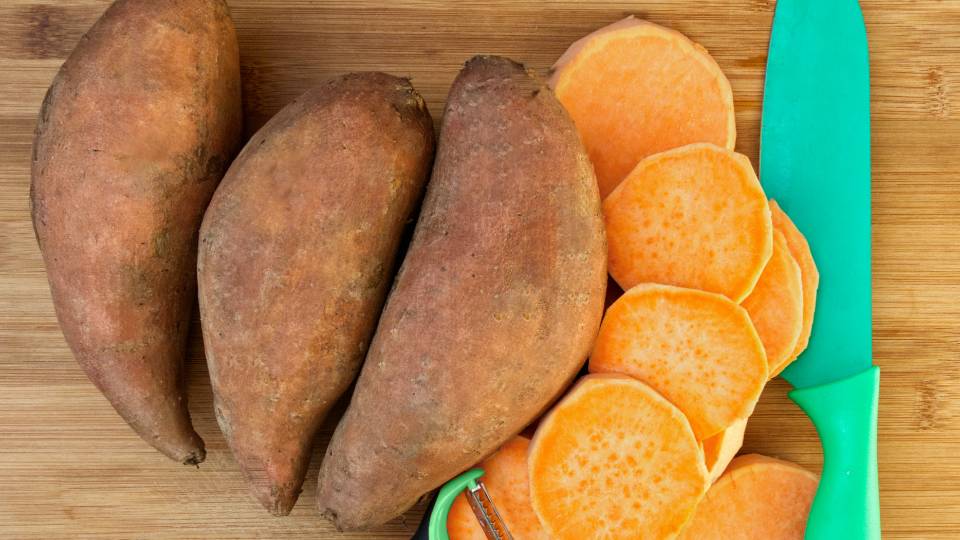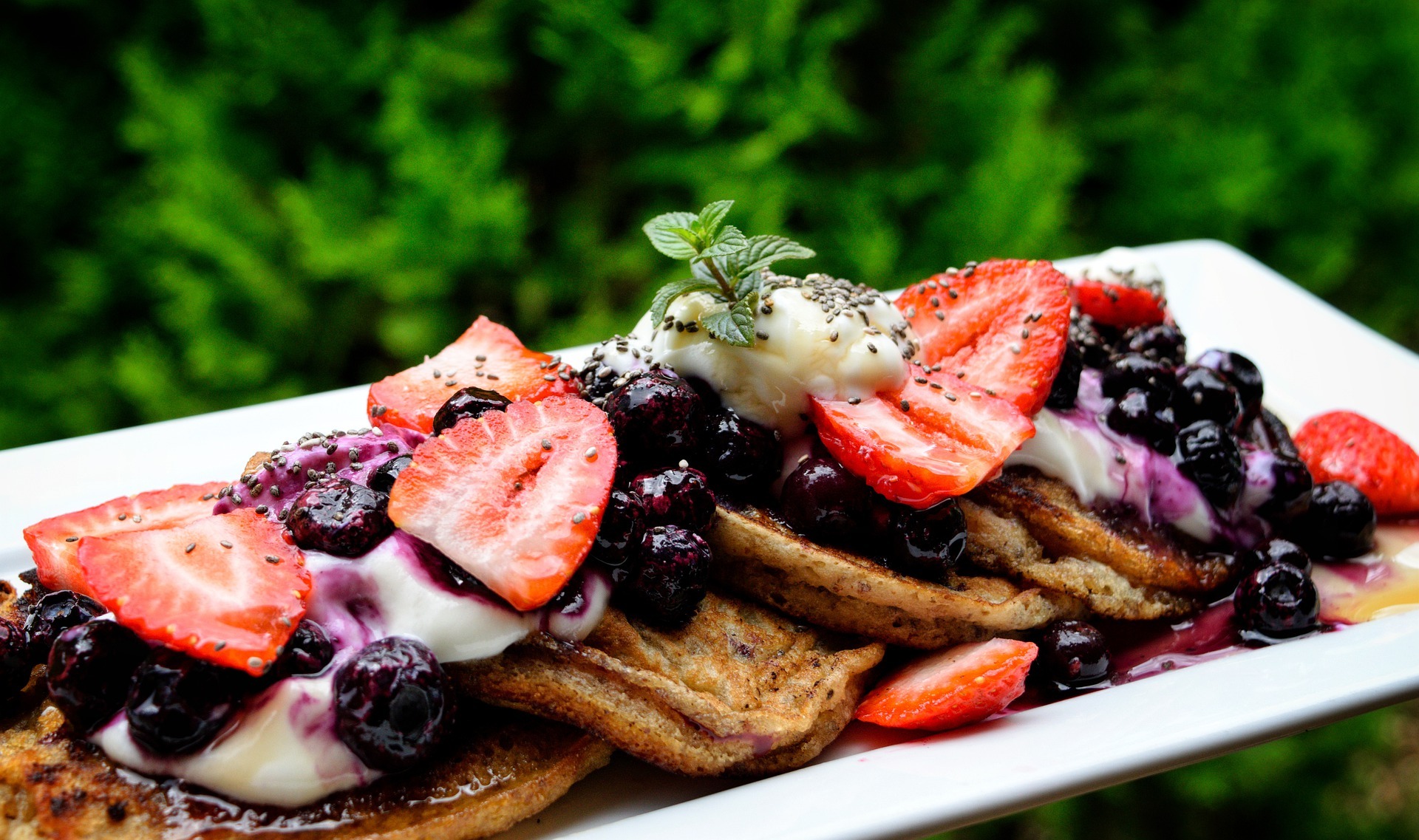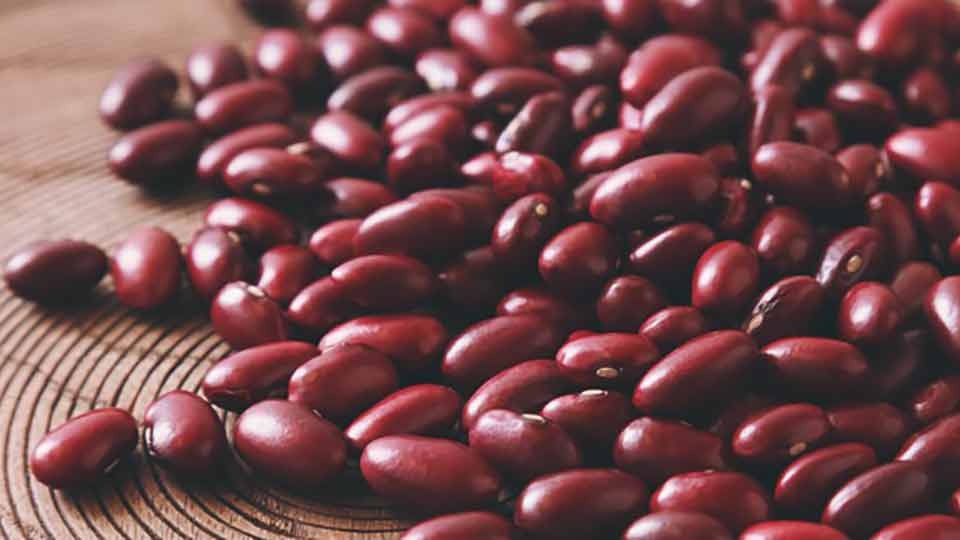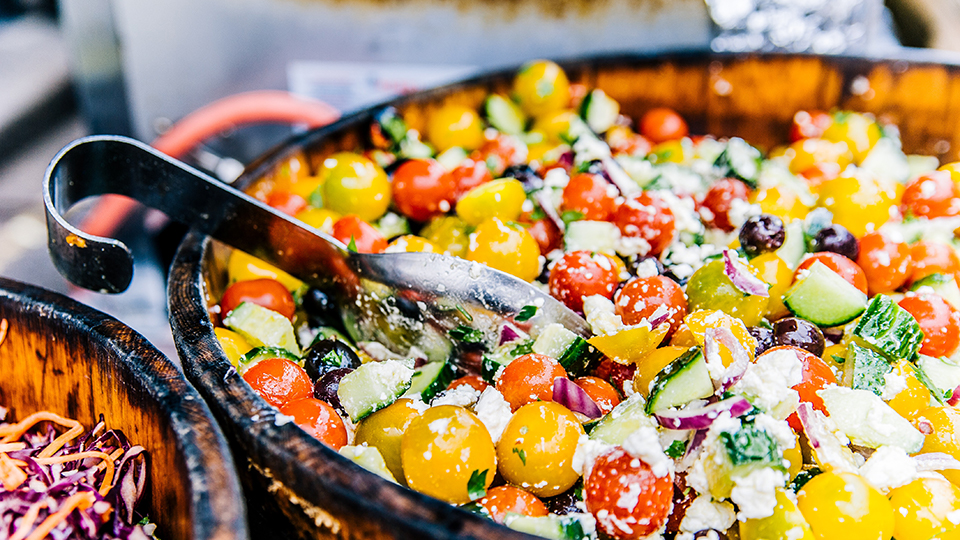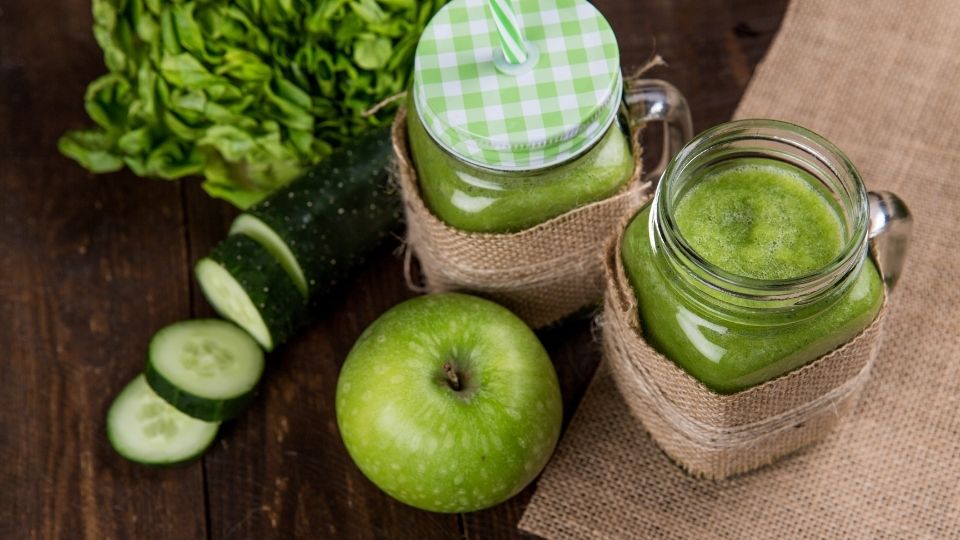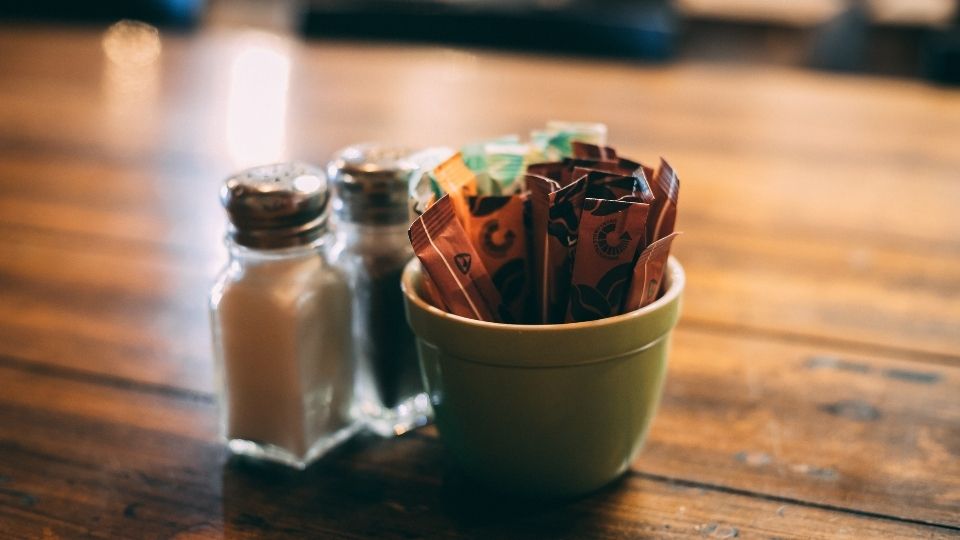Boost the Benefits with Beans: Using Bean Puree in Baked Goods
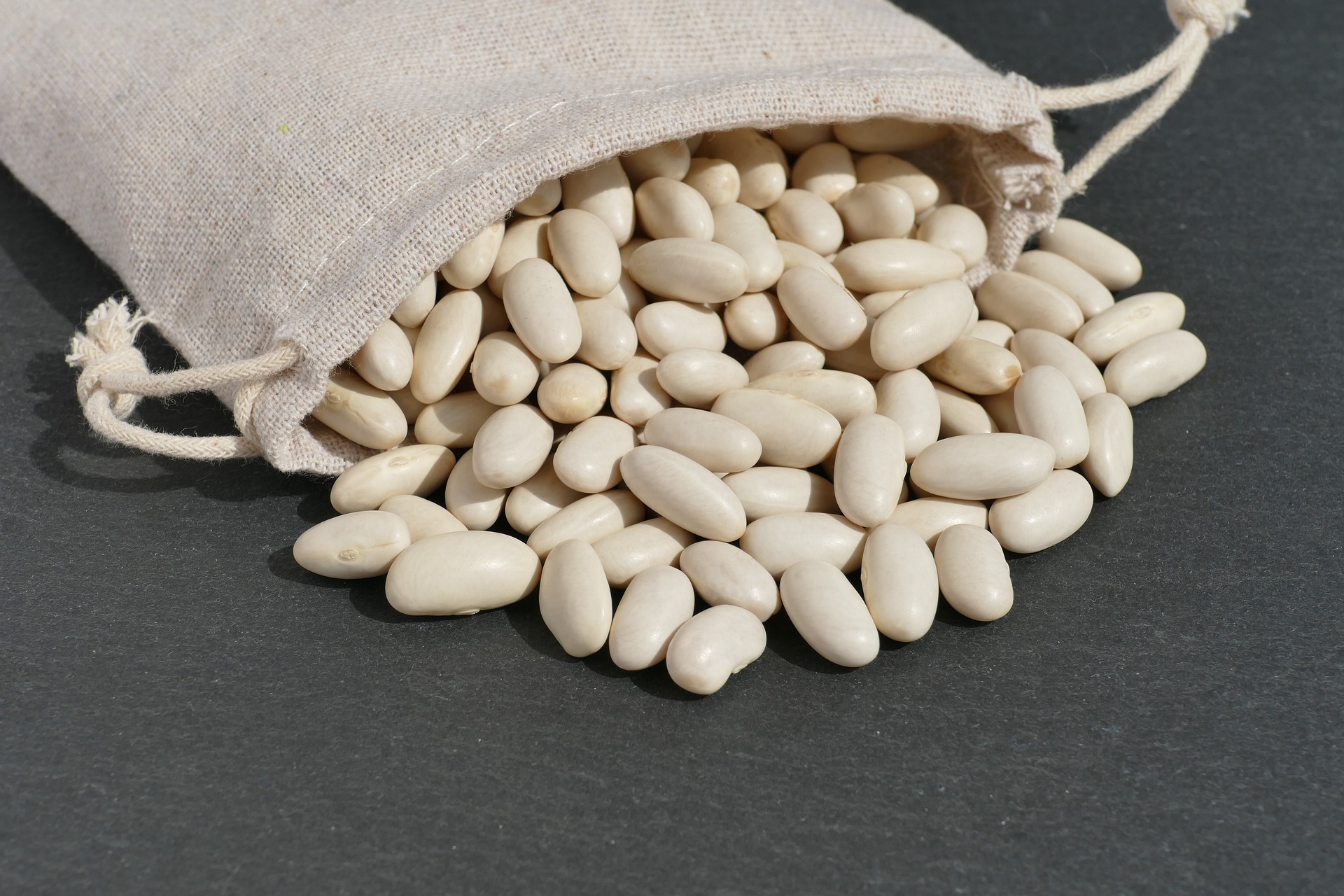
Introduction
We each enjoy a delicious dessert now and again but may feel guilty eating all those empty calories or treats high in fat. One way to give your sweet tooth a fix, while also giving some added benefits to your treats, is to bake with beans. Replacing sources of fat with bean puree can reduce calories, fat, and cholesterol and add protein, fiber, and nutrients compared to other fat substitutes, such as applesauce or yogurt.
Studies have found that bean puree can replace up to 50% of the fat sources in brownies without significantly affecting the taste, texture, or tenderness of brownies. Ninety percent of the fat can be replaced in brownies while still giving an acceptable dessert. Bean puree is not limited to brownies only. Many baked goods, such as cookies, muffins, or rolls, can benefit nutritionally by replacing beans for fat, without sacrificing taste or texture. Foods high in fat, salt, and sugar and low in vitamins, minerals, and other macronutrients are linked to an increase in chronic disease and an increase in total body fat. These chronic diseases include heart disease, high cholesterol, diabetes, and cancer. Let’s consider why we should eliminate common sources of fat from our baked goods and how we can increase nutrients with bean puree.
Harmful Effects of Fats
Butter, margarine, lard, and vegetable shortening are fats that are solid at room temperature. These fat sources are full of saturated fats and trans fats. Trans fats have been linked to heart disease, stroke and heart attack. Trans fats and saturated fats both have a negative impact on one's cholesterol by raising the bad (LDL) and lowering the good (HDL). Increased risk of developing type 2 diabetes is also associated with eating trans fats. Trans fats also affect individual cells, making it more difficult for your body systems to function properly and communicate effectively. Consuming common fat sources puts you at risk for many health diseases, and can make you feel sluggish, have difficulty concentrating, or even keep up with demands of your daily life.
Another name for trans fats is “partially hydrogenated oils”. This is how most trans fats are labeled on food ingredient lists. As of 2018, partially hydrogenated foods are no longer considered safe for human consumption by the U.S. Food and Drug Administration. The effects of consuming trans fats are serious and life-threatening, but can be avoided by a health- conscious consumer like you.
Benefits of Beans
Beans are an excellent source of fiber, protein, folate, iron and potassium. Beans are low in cholesterol, sodium, and fat. Several studies have found links between beans and a healthy digestive system. First, beans are packed full of soluble and insoluble fiber. Soluble fiber helps to lower the bad (LDL) cholesterol by moving cholesterol into the digestive system for elimination. The insoluble fiber helps draw moisture to the digestive system, which helps to eliminate the cholesterol and keeps bowels regular. This process reduces your risk of colon cancer. Second, beans are a complex carbohydrate, meaning they digest more slowly, are more filling, and help manage blood sugar spikes. This makes them a great source of energy for people with diabetes or insulin resistance, or for those trying to prevent diabetes. Third, beans also contain a sugar that is broken down by beneficial bacteria in the gut. Feeding the good bacteria increases their presence. These good bacteria are important for immune health. This breakdown process does cause the gas and bloating we know beans are famous for. As the body gets more used to this breakdown, the body adapts and discomfort will decrease.
Beans are also packed full of vitamins and minerals. Beans can provide more than half of your recommended daily intake of folate. Folate is essential to produce red blood cells. Without sufficient, healthy red blood cells, the body will lack in nourishment, electrolytes, vitamins, antibodies, heat, oxygen and balanced hormones and have an excess of carbon dioxide and other waste matter in the blood.
Not only are beans excellent for preventing or controlling disease, such as diabetes, heart disease, high cholesterol, and cancer, beans are also great for gluten-free and plant-based diets. Beans are also a very inexpensive source of protein. Many who follow a plant-based lifestyle use beans as a primary source of protein. Protein is essential for building and repairing bones, muscles, cartilage, skin, and blood. Protein is also used to give you energy, new cells, digest foods, and balance hormones.
Nutrition Comparison Chart
The information in the chart below was collected from the USDA Food Composition Database. Each product was compared with the same 1 cup measurement, not compared by weight. Percentages are listed as a percent daily value based on a 2,000 calorie diet.
| Black Beans | Salted Butter | Shortening | |
| Calories | 279 | 1628 | 1812 |
| Total Fat | 0 g | 184 g | 205 g |
| Saturated Fat | 0 g | 117 g | 39 g |
| Trans Fats | 0 g | 7.5 g | 88 g |
| Cholesterol | 0 mg | 488 mg | 0 mg |
| Dietary Fiber | 48 g | 0 g | 0 g |
| Protein | 34 g | 2 g | 0 g |
| Vitamin A | 0% | 113% | 0% |
| Vitamin E | 2% | 26% | 8% |
| Vitamin K | 7% | 20% | 110% |
| Thiamin | 28% | 1% | 0% |
| Folate | 64% | 2% | 0% |
| Iron | 20% | 0% | 0% |
| Magnesium | 30% | 1% | 0% |
| Sodium | 0% | 54% | 0% |
| Manganese | 38% | 0% | ~ |
From this chart, we can see that black beans are low in fat, cholesterol, and sodium and high in fiber, protein, and other essential minerals. Shortening is high in fat, with most of the fat sources from trans fats. There are virtually no micro nutrients, fiber, or protein in shortening. Butter is a common substitute for shortening, but also contains high amounts of fat and cholesterol. Unfortunately, butter is low in many beneficial nutrients, such as protein, iron, and fiber. Making healthier substitutions for these products can be easy. An easy way to substitute beans for fat is to make a bean puree.
How to Make Bean Puree?
Canned beans and dry beans may both be used to make bean puree. Dry beans need to be soaked and cooked before pureeing. Follow a hot-soak method to preserve more nutrients, decrease cooking time, produce consistently softer beans, and reduce the amount of gas-producing compounds. Instructions for the hot-soak method are below.
Hot-Soak Method: To cook dry beans,
- Sort the beans to remove any foreign object.
- Rinse the beans in cold water.
- Add 10 cups of cold water and 2 cups (1 lbs.) beans to a pot.
- Bring the water to a boil and cook for 1-3 minutes.
- Cover pot, turn off heat, and let sit 4-24 hours. Four hours is ideal.
- Drain and rinse beans well.
- Place beans back in the pot with enough cool water to cover the beans.
- Cook time depends on the type and age of the bean. In general, cranberry beans and great northern beans cook for 45-60 minutes. Black beans, small red beans, and pink beans cook for 60-90 minutes. Dark and light red kidney beans, navy beans, and pinto beans cook for 90-120 minutes.
Method and cooking times are provided by The Bean Institute (2018).
Once your beans are cooked, drain off and reserve half of the cooking liquid. If using canned beans, drain completely and rinse the beans to reduce the sodium; this reduces the sodium content by 41%. Using a high-speed blender, food processor, or immersion blender, puree beans and approximately 2 tablespoons liquid until beans have reached a smooth, shortening- like consistency. If beans are too dry, add more liquid 1 tablespoon at a time. Scrape the sides of the blender or bowl to make sure all the beans are incorporated and blended.
How to Substitute Puree in a Recipe?
Bean puree can replace fat sources at a 1:1 ratio, however, consumers preferred the tenderness, texture, and flavor of the brownies with half fat and half bean puree. This means that if a recipe calls for 1 cup of a fat, you would use ½ cup bean puree and ½ cup of the fat. Another study showed that bean puree could replace half the fat in drop cookies, such as oatmeal chocolate chip cookies, without affecting tenderness, texture, or flavor. Beans are best incorporated into baked goods when the beans are the same color as the baked goods. For example, black beans will best be disguised in brownies or chocolate cake; white beans work well in chocolate chip cookies, muffins, or white bread. Whether you are making brownies, cookies, muffins, or dinner rolls, try switching out all or half of the fat source with bean puree to see what is acceptable to you. Your heart and your health will thank you.
How to Store Puree?
Bean puree is best stored in the refrigerator for 4-5 days in an airtight container. Bean puree also freezes beautifully for up to six months. Freezing tip: freeze in 1/4 cup or 1/2 cup portions in an airtight container. Freezing in smaller portions allows for faster thaw time and chances are you won’t be using 2 cups of bean puree all in one shot. Smaller portions allow you to take only what you need and keep the rest for later.
Wrap Up
Beans add a wide variety of nutrients and minerals not found in common fat sources and beans are inexpensive compared to the other options. By choosing foods low in fat, sodium, and cholesterol, you are choosing a diet to reduce your risk of heart disease, diabetes, obesity, high cholesterol, and cancer. So, if you are looking for ways to “have your cake and eat it too”, give bean puree a try next time you whip up a delicious treat.
References
- American Heart Association. (2015). Trans fats. Retrieved from https://www.heart.org/en/healthy-living/healthy-eating/eat-smart/fats/trans-fat
- Berry, J., & Levy, A. S. (2018). Overview of Blood and Blood Components. University of Rochester Medical Center. Retrieved from https://www.urmc.rochester.edu/encyclopedia/content.aspx?ContentTypeID=90&ContentID=P02316
- Garden-Robison & McNeal. (2013). All about Beans: Nutrition, Health Benefits, Preparation, and Use in Menus. Retrieved on November 8, 2018 from https://www.ag.ndsu.edu/publications/food-nutrition/all-about-beans-nutrition-health-benefits-preparation-and-use-in-menus/fn1643.pdf
- Ganguly, R., & Pierce, G.N. (2015). The toxicity of dietary trans fats. Food and Chemical Toxicology, 78, 170-176. doi: 10.1016/j.fct.2015.02.004
- Ginter, E., & Simko, V. (2016). New data on harmful effects of trans-fatty acids [Abstract]. Bratislava Medical Journal, 117(5), 251-253. Retrieved from https://pubmed.ncbi.nlm.nih.gov/27215959/
- Jones, T. (2016). Shortening: Good or Bad? Retrieved from https://www.healthline.com/nutrition/shortening
- Rankin, L. L., & Bingham, M. (2000). Acceptability of Chocolate Chip Cookies Prepared Using Pureed White Beans As a Fat Replacement. Journal of the American Dietetic Association, 98(9), A101. https://doi.org/10.1016/S0002-8223(98)00669-5
- Szafranski, M., Whittington, J.A., & Bessinger, C. (2005). Pureed cannellini beans can be substituted for shortening in brownies [Abstract]. Journal of American Dietetics Association, 105(8), 1295-1298. Retrieved from https://www.ncbi.nlm.nih.gov/pubmed/16182649
- The Bean Institute (2018). Nutrition and Health Educators. Retrieved on November 8, 2018 from https://beaninstitute.com/educators/
- United States Department of Agriculture. (2013). All About the Protein Foods Group. Retrieved on November 16, 2018 from https://www.choosemyplate.gov/protein-foods
- United States Food & Drug Administration. (2018). Final Determination Regarding Partially Hydrogenated Oils (Removing Trans Fats). Retrieved from https://www.fda.gov/food/ingredientspackaginglabeling/foodadditivesingredients/ucm449162.htm
- Uruakpa, F. O., & Fleischer A. M. (2016). Sensory and Nutritional Attributes of Black Bean. American Journal of Food Science and Nutrition, 3(3), 27-36. Retrieved from https://www.semanticscholar.org/paper/Sensory-and-Nutritional-Attributes-of-Black-Bean-Uru akpa/35493d339792903d0a076577861e654496a5d064
- USDA (2018). USDA Food Composition Databases. Retrieved on November 8, 2018 from https://ndb.nal.usda.gov/ndb/search/list?home=true
- USU (2005). Using Your Beans. All Current Publications. Paper 1095. Retrieved from https://digitalcommons.usu.edu/extension_curall/1095/
- World Health Organization (2011). Global strategy on diet, physical activity and health. Retrieved from http://www.who.int/dietphysicalactivity/diet/en/index.html
- Zanteson, L. (2012). Gut Health and Immunity—It’s All About the Good Bacteria That Can Help Fight Disease. Today’s Dietitian, 14(6), 58. Retrieved from https://www.todaysdietitian.com/newarchives/060112p58.shtml
Authors
Lindsey Cady; Paige Wray



